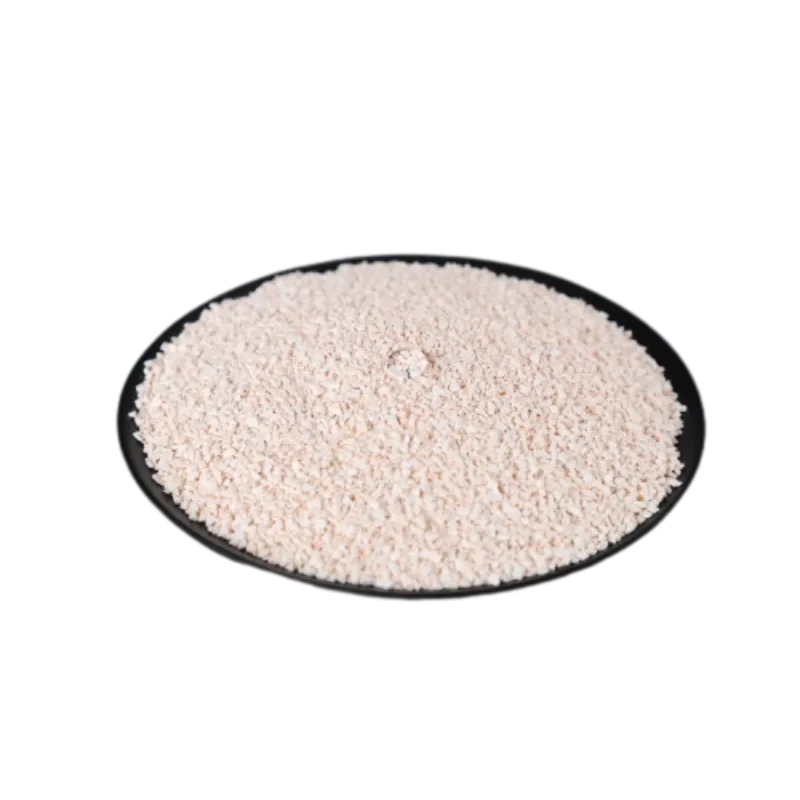
pro . 03, 2024 17:21 Back to list
How to Install Roll Roofing Over Existing Shingles Effectively and Safely
Installing Roll Roofing Over Shingles A Comprehensive Guide
When it comes to roofing options, roll roofing is an economical and practical choice for various structures, especially sheds, garages, and mobile homes. While traditional shingles are a popular roofing material, there are instances where homeowners might want to install roll roofing over existing shingles. This guide will walk you through the steps to successfully install roll roofing over shingles, ensuring a durable and weather-resistant roof.
Understanding Roll Roofing
Roll roofing is usually made of asphalt and comes in large sheets. It’s lightweight, easy to handle, and is an excellent choice for low-slope roofs. Its installation is relatively straightforward, making it a suitable option for DIY projects. However, before you decide to install roll roofing over shingles, it's essential to consider certain factors.
Pros and Cons of Installing Roll Roofing Over Shingles
Pros 1. Cost-Effective Roll roofing is generally cheaper than traditional shingles, making it a budget-friendly option. 2. Time-Saving Installing roll roofing over shingles can save time, as you avoid the labor of tearing off the old shingles. 3. Minimal Disruption You can maintain the existing shingles, which can be beneficial if the shingles are still in good condition.
Cons 1. Potential Moisture Trapping If the shingles are not in good condition, installing roll roofing over them can trap moisture, leading to further damage. 2. Weight Considerations Check if the underlying structure can handle the additional weight of the roll roofing and asphalt shingles. 3. Aesthetic Issues The finished look might not be as polished as a new roof installation.
Preparing for Installation
Before starting the installation process, you must gather all necessary tools and materials. Here’s a basic list
- Roll roofing material - Roofing nails or staples - Roofing adhesive - Utility knife - Measuring tape - Hammer - Ladder - Safety gear (gloves, goggles, etc.)
Step 1 Inspect the Existing Roof
Examine the current shingles for damage. Look for cracks, missing shingles, or excessive wear. If you find significant damage, it might be better to replace the shingles entirely. Minor imperfections can generally be covered with roll roofing, but serious damage will require repairs.
Step 2 Clean the Surface
Clear the roof of debris, leaves, and dirt to ensure proper adhesion of the roll roofing. A clean surface prevents moisture buildup and ensures that the roofing material sticks effectively.
install roll roofing over shingles

Step 3 Repair Any Damages
If you discovered any issues during your inspection, now is the time to fix them. Replace any missing shingles and seal any cracks with roofing cement to create a smooth surface for the roll roofing.
Installing Roll Roofing
Step 4 Measure and Cut
Before rolling out the roofing material, measure your roof’s dimensions. Typically, roll roofing comes in strips of 36 inches wide. Cut the roll roofing to the appropriate lengths, allowing for overlap at seams.
Step 5 Lay the First Course
Begin at the lowest point of the roof and roll out the first strip of roofing. Ensure you have at least a 2-inch overlap where the seams meet. Use roofing nails or staples to secure the roll roofing, placing fasteners every 12 inches along the edges and every 18 inches in the field.
Step 6 Continue Installing
Continue overlapping the subsequent strips as you move up the roof. Always check for proper alignment and secure each strip with nails or adhesive. Pay close attention to the edges to prevent any potential lifting or water infiltration.
Step 7 Finish and Seal
After laying the final strip, inspect all seams and edges. Apply roofing cement or sealant along all seams to ensure a watertight barrier. Additionally, trim any excess material for a cleaner appearance.
Final Thoughts
Installing roll roofing over shingles can be an effective way to extend the life of your roof while providing a cost-efficient solution. However, it’s crucial to assess the condition of the existing shingles and to follow proper installation techniques. With careful planning and execution, your new roll roofing will not only be functional but will also enhance the durability of your structure against the elements. Always remember to follow safety guidelines and consider consulting with a professional if you’re unsure about your roofing project.
-
Stone Coated Metal Roof Tile-Nosen Tile: Durable & Stylish Roofing
NewsJul.23,2025
-
Durable Tiles Made of Clay for Modern Cladding Solutions
NewsJul.22,2025
-
Stone Coated Roman Tile Metal Roofing - Durable & Elegant
NewsJul.22,2025
-
Premium Roofing Granules for Sale - High Durability & Cost-Saving
NewsJul.21,2025
-
Durable Laminated Shingles for Weather-Resistant Roofing
NewsJul.21,2025
-
Rubber Roofing Shingles - Durable & Weatherproof SBS Rubber Asphalt Shingles for Homes & Businesses
NewsJul.08,2025







